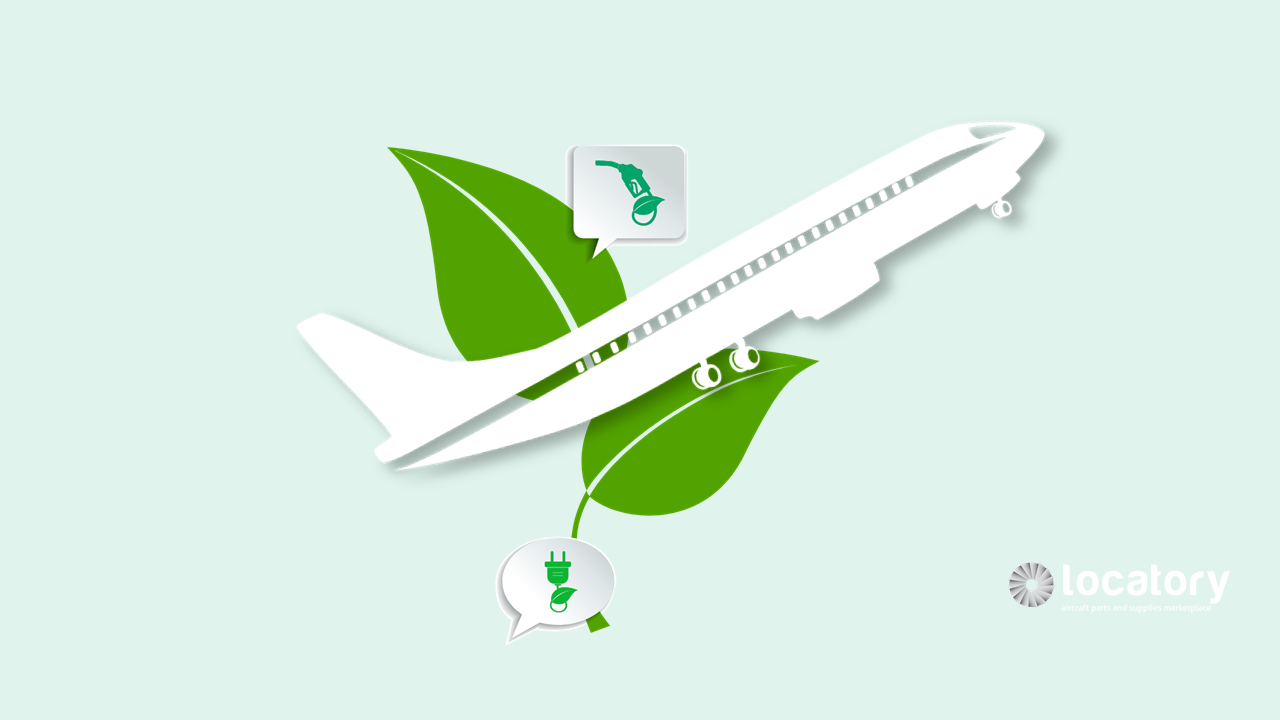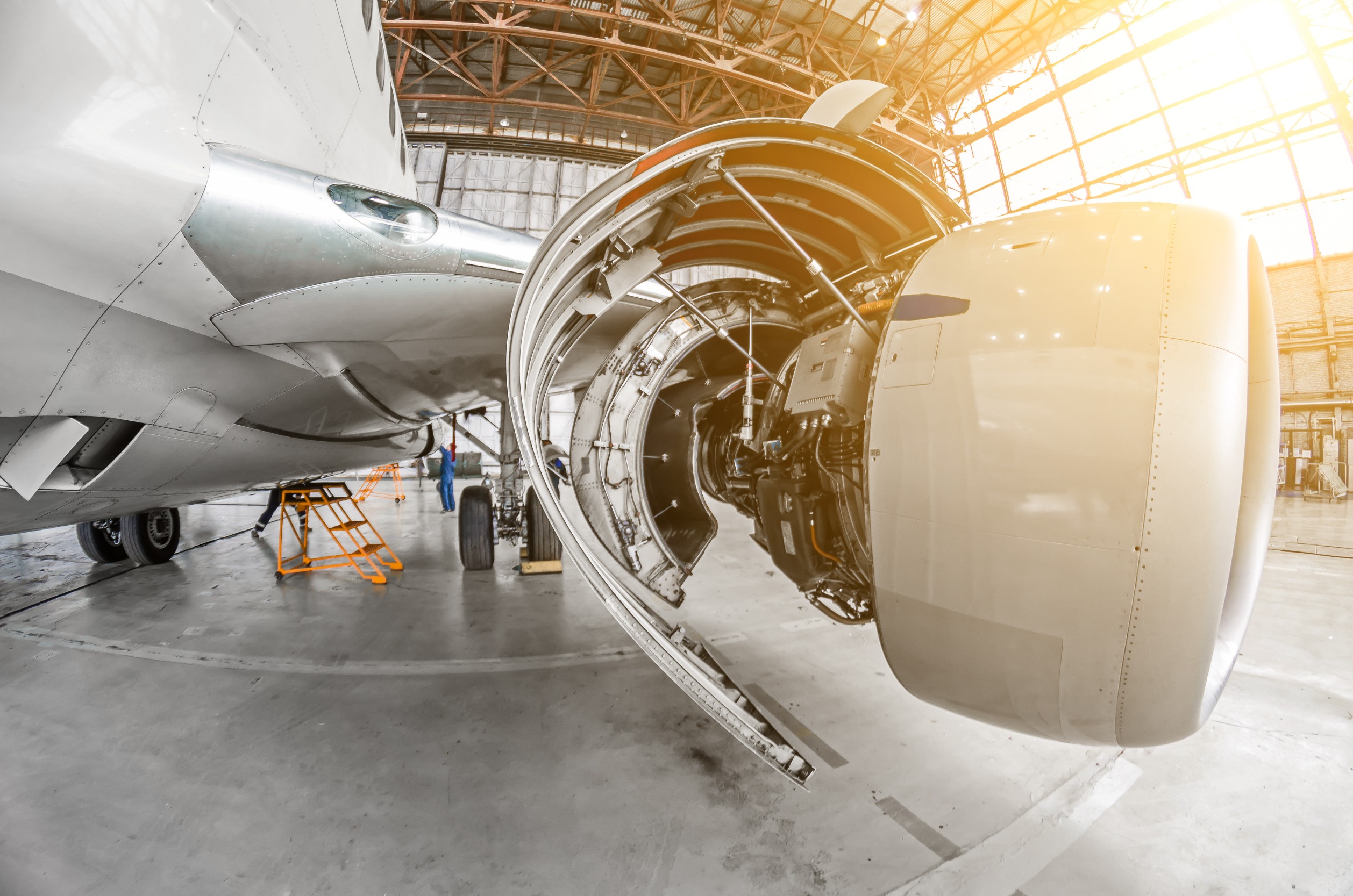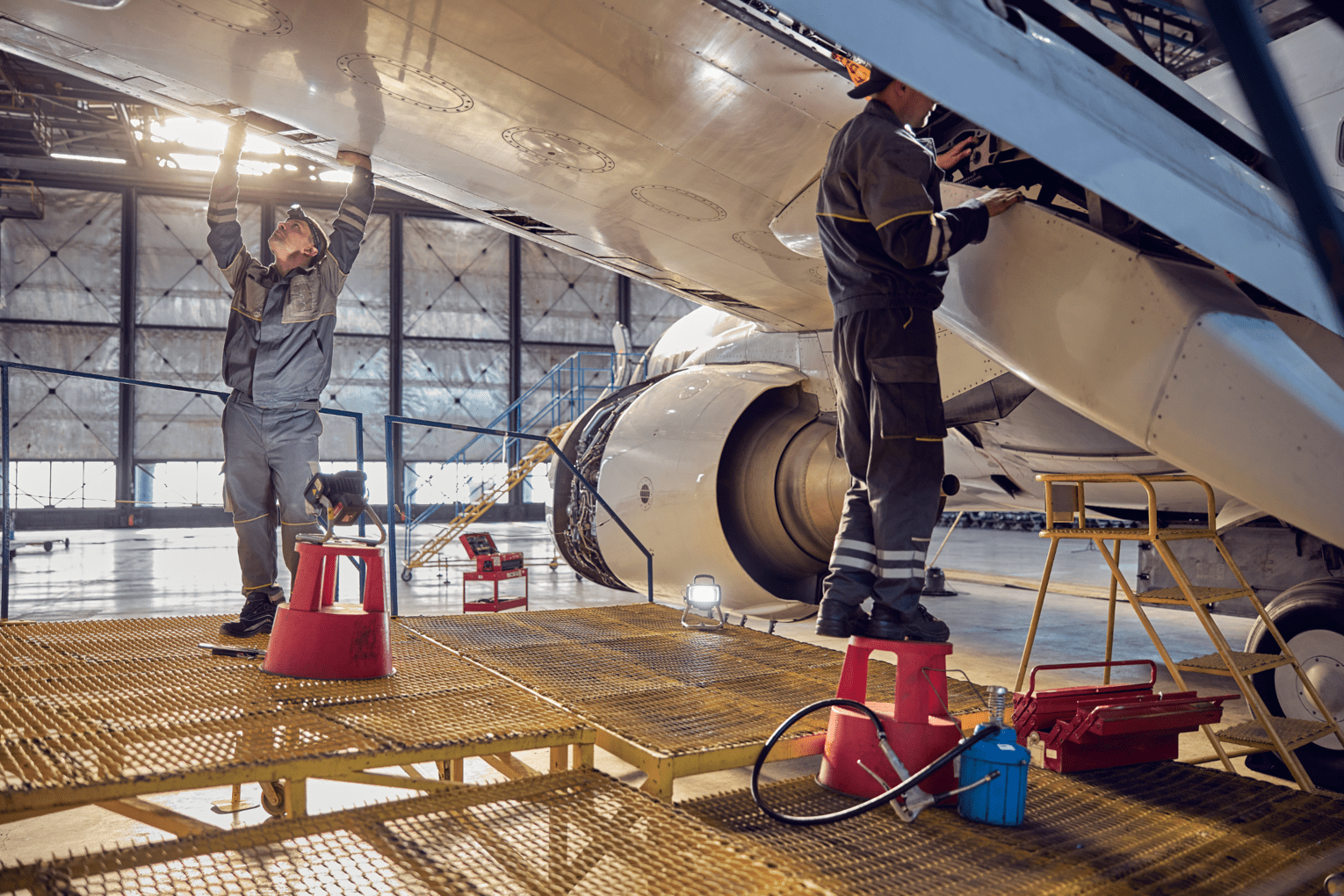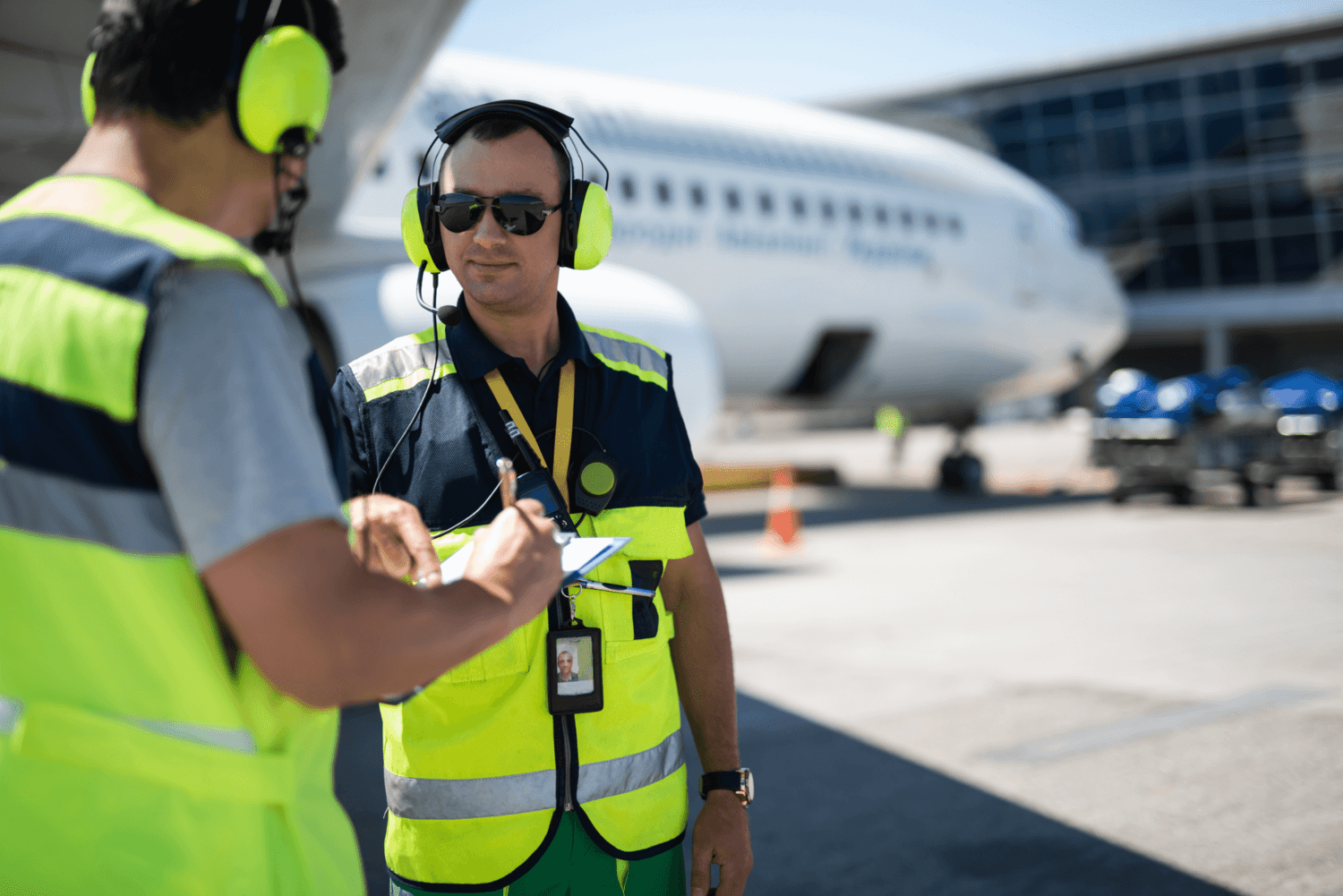
Release date : 2022-06-30
Sustainable Aviation Fuels (SAF)
The first commercial flights using SAF took off in 2011, and it has since grown to become a key element in making air transport more sustainable.
Aircraft today are powered by liquid aviation fuel, made mostly from fossil fuel sources. Yet new fuels have been developed that have the potential to dramatically reduce aviation’s net CO2 emissions. With the global growth in air travel, the aviation industry is investing in alternatives to fossil jet fuels to reduce flight emissions. One innovation is sustainable aviation fuels, which are jet fuels created from waste products and other sustainable feedstocks that have the potential to reduce emissions by 80%. The development of alternative aviation fuels could be the key to sustainable air travel, contributing hugely to the industry’s emissions-reduction strategy.
What are sustainable aviation fuels made from?
SAFs are made using a variety of feedstocks and waste products.
Municipal solid waste: waste that comes from households and businesses. This includes product packaging, grass clippings, furniture, clothing, bottles, food scraps and newspapers.
Cellulosic waste: the excess wood, agricultural, and forestry residues. These residues can be processed into synthetic fuel.
Used cooking oil: this typically comes from plant or animal fat that has been used for cooking and is no longer usable.
Camelina: an energy crop, with high lipid oil content.
Jatropha: a plant that produces seeds containing inedible lipid oil that can be used to produce fuel.
Halophytes: salt marsh grasses and other saline habitat species that can grow either in salt water.
Algae: these microscopic plants can be grown in polluted or salt water, deserts and other inhospitable places.
Non-biological alternative fuels: these include ‘power-to-liquid’, which typically involves creating jet fuel through a process involving electric energy, water and CO2.
Other, more advanced, technologies are in early stages of development, such as solar jet fuel (or sun-to-liquid), which uses highly concentrated sunlight to break up water and CO2 molecules.
Can sustainable aviation fuels make flying carbon neutral?
Relative to fossil fuels, SAFs result in a reduction in CO2 emissions across the lifecycle. CO2 absorbed by plants during the growth of biomass is roughly equivalent to the amount of carbon dioxide produced when the fuel is burned in a combustion engine, which is simply returned to the atmosphere, meaning SAFs can be classed as carbon neutral over their lifecycle.
But, this doesn’t take into account the emissions produced during the production of SAFs, like the equipment needed to grow crops, transport raw goods, refine the fuel and so on.
Today, commercial aircraft already run on SAFs on a daily basis. If SAFs are mixed with conventional jet fuel, they can be added to existing aircraft without the need for adaptation to the aircraft or engine or the fuel distribution network.
There is a small chance that your next flight will be powered, at least in part, by used cooking oils or agricultural waste.


